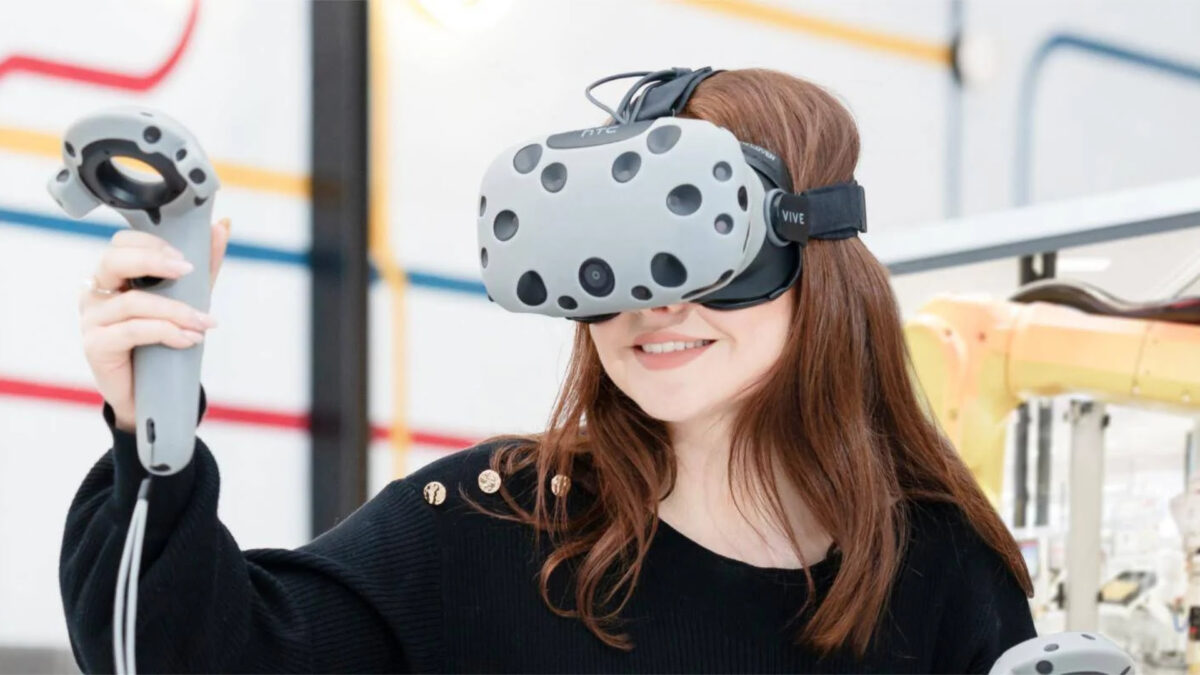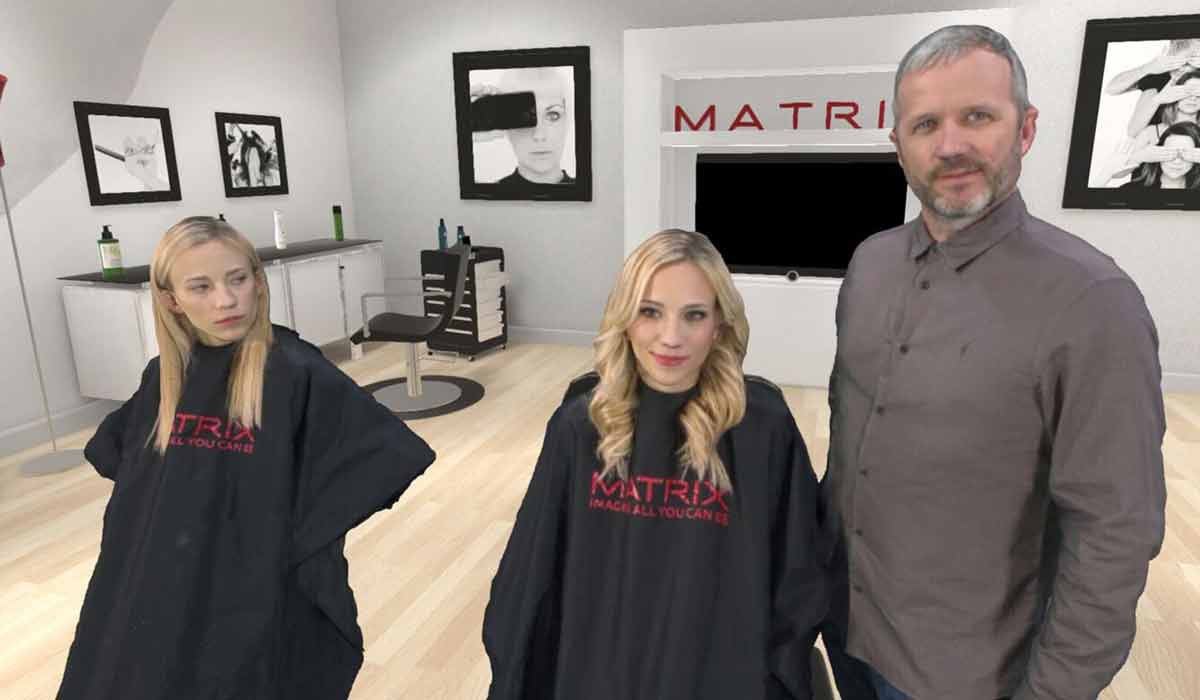How L'Oréal and Louis Vuitton plan to conquer the Metaverse

Luxury and beauty companies want to enter the metaverse. How are brands like Moët and Christian Dior positioning themselves for a virtual future?
Luxury, beauty, fashion. What would a metaverse be without high-priced consumer goods? That's precisely what industry giants like L'Oréal and LVMH must have thought, and they're already gearing their brands to the three-dimensional Internet of the future. Will you soon be able to sip digital Moët while carrying the hottest Louis Vuitton bags through Horizon Worlds?
Beauty in the Metaverse: Here's how to make the transition from 2D to 3D
For L'Oréal, the YSL, Mugler and NYX Professional Makeup brands are particularly important to its Metaverse plans. The group recently unveiled a digital wallet for which up to 10,000 free L'Oréal NFTs can be requested. Over the course of the year, customers will use them to unlock access to digital and real-life events, experiences or products.
With the Wallet campaign, L'Oréal wants to introduce customers to its Metaverse activities. Asmita Dubey, Chief Digital and Marketing Officer at L'Oréal, explains, “We want to lay down the foundations and understand what beauty will look like there and rooting the brand DNA there. We’re looking at it through the prism of community.”
L'Oréal seeks partners for virtual future
“We’re thinking about immersive experiences. We know that we will go from 2D to 3D beauty, so what does that look like? And from there we’re looking at virtual influence, avatars, products and collectibles. We’re exploring all of that to understand the new visual codes, the new ways people see beauty,” Dubey said.
In addition, partnerships with companies and individuals that have not been on L'Oréal's radar are important. There is a diverse, new ecosystem of partners that L'Oréal needs to work with, according to Dubey.
3D artists create new form of digital beauty
"We’re partnering with Ariani – a rising platform in web3 – and companies in the world of crypto. We need to partner with a very new ecosystem," Dubey explains.

L'Oréal has been working with immersive technologies since 2016. At that time, L'Oréal tested advanced training courses for hairdressers in virtual reality.| Image: L'Oréal
Dubey said there are many 3D artists working on digital beauty and makeup art. "That’s where we’re starting. It means the brand will engage with more 3D artists, animators and even software engineers. We will start working with blockchain experts," L'Oréal's digital chief said.
Back in 2018, L'Oréal invested in AR apps, acquiring startup Modiface. The AR specialists develop augmented reality applications that allow users to project new hairstyles onto their heads or makeup onto their faces. Two years earlier, L'Oréal began educating hairdressers with the VR headset.
LVMH brings Luis Vuitton and Christian Dior to the Metaverse
LVMH, the group behind luxury brands such as Luis Vuitton, Christian Dior and the Moët & Chandon winery, is also positioning itself to enter the virtual world. Nelly Mensah, LVMH's Metaverse and crypto chief, sees the future of the Internet as a serious source of revenue.
"We’re really thinking about four use cases primarily. One is client storytelling and immersive brand experiences. It’s about transparency, traceability and tracking for authenticity," Mensah explains.
Digital twins and an expansion of the product range in the virtual world are also on the agenda, she says. They are intended to enable personalization and self-expression. The company also plans to accept cryptocurrencies for payments.
Bulgari: Current metaverses not high-end enough for luxury brands
LVMH jewelry brand Bulgari plans to build its own Metaverse with Italian advertising agency Experiency, which specializes in technology and "metaverse commerce."
"The metaverses today don’t have high enough quality to support the positioning of a luxury brand. So what we’re doing is creating our own proprietary metaverse. It’s a concept. We’re creating a learning curve, designing spaces. It’s another kind of creativity," explains Massimo Paloni, Bulgari's chief operations and innovation officer.
He wants to prepare the culture and processes in the company for the metaverse era: "When the future opens up, we will be ready."
An important task during this preparation is the creation of 3D versions of the entire portfolio. Making diamonds look realistic in a 3D world is a difficult process: according to Paloni, Experiency needs between a week and a month to create a single virtual piece of jewelry.
Note: Links to online stores in articles can be so-called affiliate links. If you buy through this link, MIXED receives a commission from the provider. For you the price does not change.